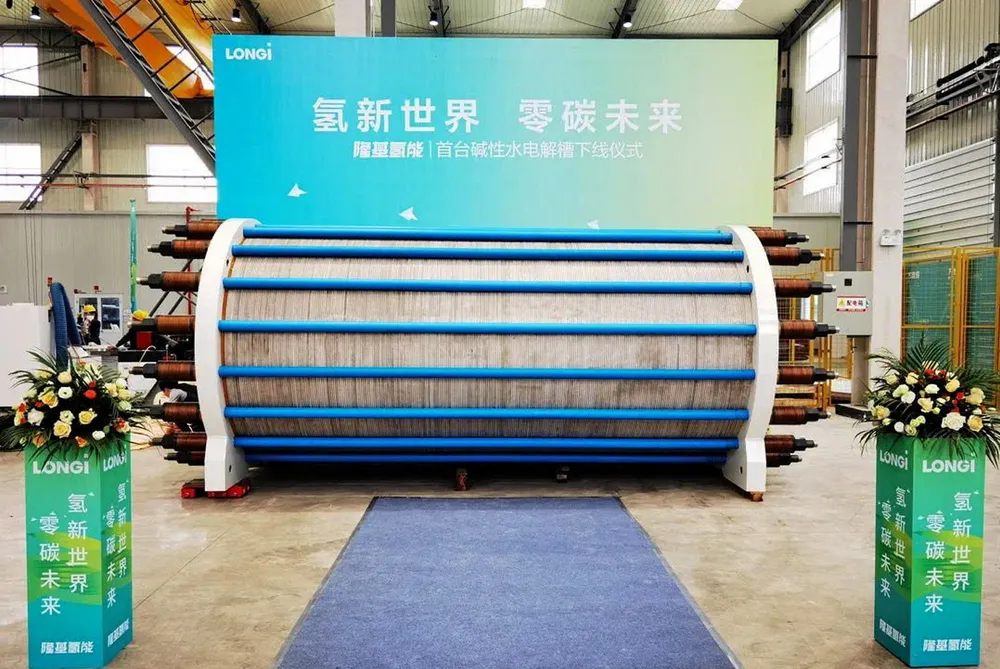IEA: Chinese dominance of hydrogen electrolyser manufacturing is coming to an end as EU catches up
Energy agency’s data says that output from factories in the West and other parts of the world will eat into China’s market share by 2030

Energy agency’s data says that output from factories in the West and other parts of the world will eat into China’s market share by 2030
